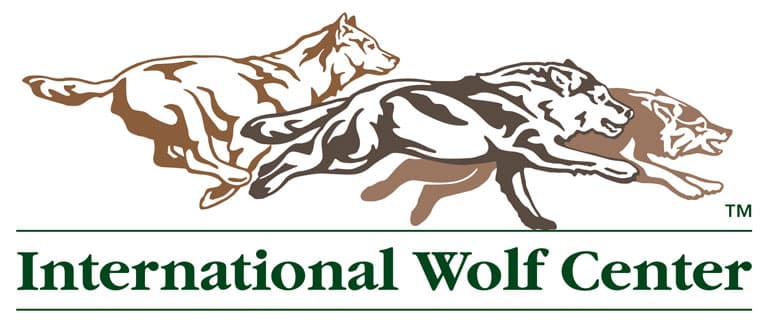From KOAA News 5:
COLORADO — Colorado Parks and Wildlife has hit a snag in the roadmap to reintroduce gray wolves to Colorado.
Currently, there are a total of 10 wolves in Colorado. CPW had entered an agreement with the Confederated Tribes of the Colville Reservation to capture and help send up to 15 wolves.

